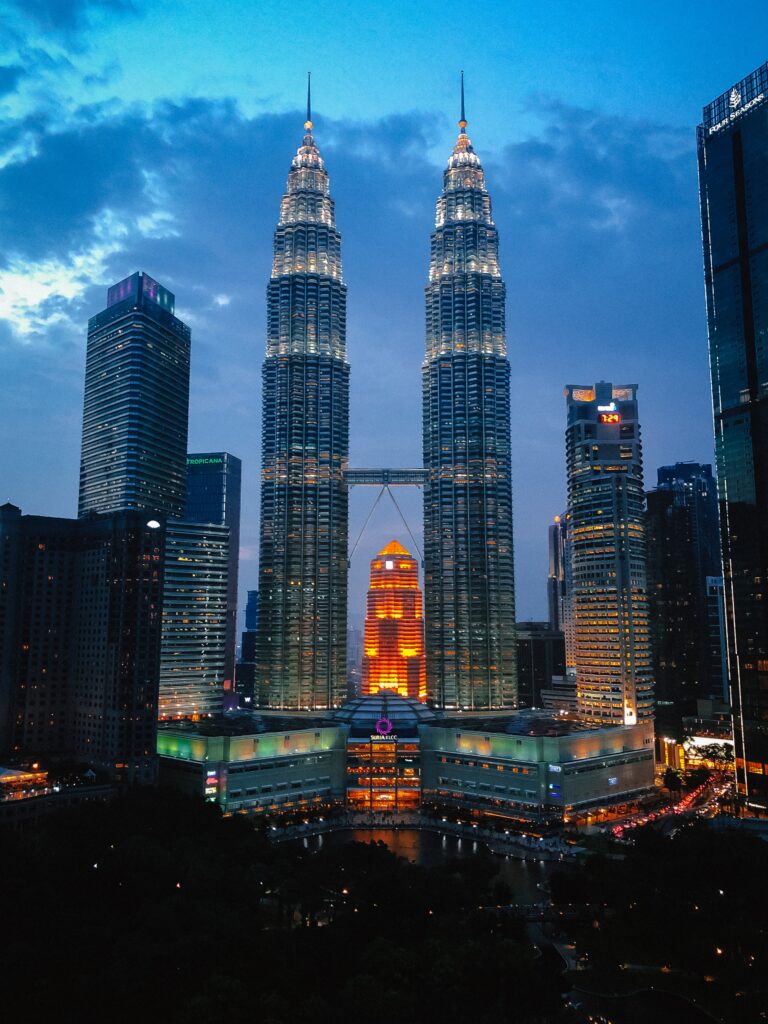Design is a creative process involves planning, conceptualizing, and arranging elements to create aesthetically pleasing and functional solutions.
Disciplines
A broad field that encompasses various disciplines, including
- graphic,
- industrial,
- interior,
- fashion,
- web design, and more.
Not limited to just making things visually appealing.
It involves considering the
- user experience (UX),
- functionality, and
- the overall purpose of the design.
It aims to solve problems, communicate messages, and evoke emotions through thoughtful and intentional arrangements of elements.
Aspects
Visual Appeal
Design focuses on creating visually appealing compositions using elements such as color, typography, imagery, and layout. These elements are carefully chosen and arranged to achieve a desired aesthetic and to effectively communicate the intended message.
Functionality
Takes into account the usability and functionality of the end product. Whether it’s a website, a product, or a space, designers strive to make it user-friendly, efficient, and easy to navigate or use.
Problem Solving
Often driven by a problem or a need for improvement. Designers analyze challenges, gather information, and propose creative solutions that address those problems effectively. They consider factors such as user needs, technological constraints, and market demands to develop innovative solutions.
User Experience (UX)
focuses on enhancing the overall experience of users when interacting with a product or service. UX designers research user behaviors and preferences, conduct usability tests, and create intuitive and enjoyable experiences through wireframing, prototyping, and iterative design processes.
Branding and Communication
It plays a crucial role in shaping a brand’s identity and effectively communicating its values and messages. Through branding, designers create visual identities that reflect a brand’s personality, establish recognition, and build trust with the target audience. Read more about brand design here.
Collaboration
Involves collab with clients, stakeholders, and other professionals.
Designers work closely with clients to understand their requirements, gather feedback, and refine the design accordingly. They may also collaborate with developers, engineers, marketers, and other team members to bring the design to life.
Planning
Planning and design are interconnected and integral to creating well-structured and organized outcomes in various fields. Creating greener and more sustainable cities needs structure and organization ahead as you can read here. Planning involves the process of setting goals, determining strategies, and outlining steps to achieve a specific objective. It lays the groundwork for the implementation of any project or idea.
On the other hand, it is the creative process of conceptualizing, shaping, and detailing the actual form and structure of a product, space, or system. It involves making decisions about aesthetics, functionality, and user experience.
Effective planning provides a roadmap and a clear vision for the design process. A well-thought-out plan helps designers understand the requirements, constraints, and objectives of the project, guiding them in creating solutions that align with the intended goals.
Design informs the planning process by providing practical insights into what is feasible and achievable.
It offers valuable input into the implementation of the plan, highlighting potential challenges and opportunities for improvement.

Whether it’s urban planning, architectural design, product development, or any other creative endeavor, a successful outcome relies on a harmonious integration of both planning and design.
By combining strategic thinking with imaginative creativity, planners and designers work together to bring ideas to life in a thoughtful, efficient, and impactful way. The collaboration between planning and design ensures that projects are not only well-conceived but also well-executed, leading to successful and meaningful results.
Greenfrastructures Creative Agency and Design
Greenfrastructures creative agency can play a crucial role in promoting and supporting design and other creative agencies and initiatives by leveraging its creative skills and expertise.
Here are several ways our Greenfrastructures creative agency can contribute to the design sector with
- Branding and Messaging
- Marketing Campaigns
- Website and Digital Presence
- Visual Content Creation
- Event and Exhibition Support
- Collaborations and Partnerships
- Educational Initiatives
- User Experience and Interface Design
- Policy Advocacy Support
- Communication Strategies